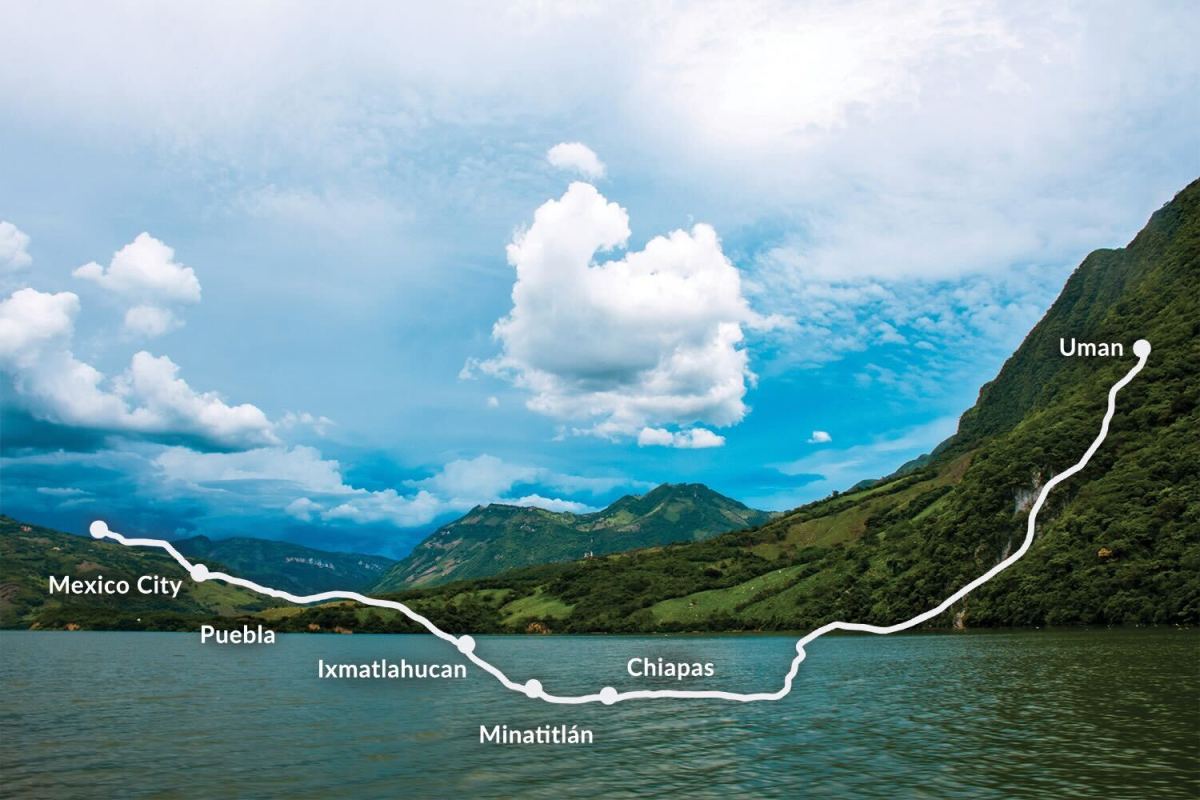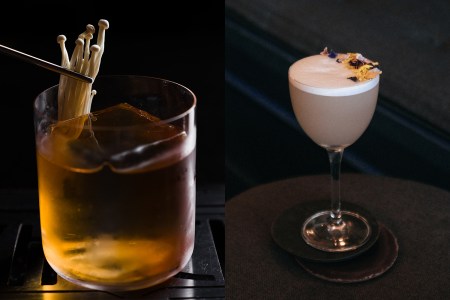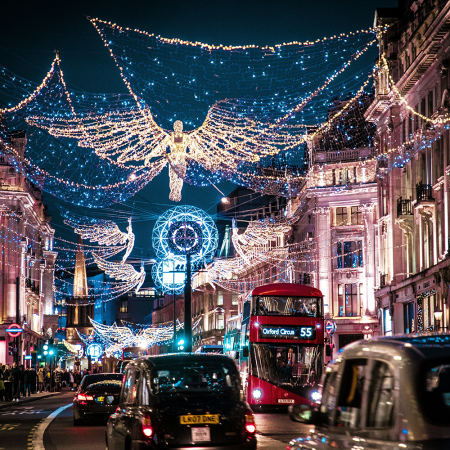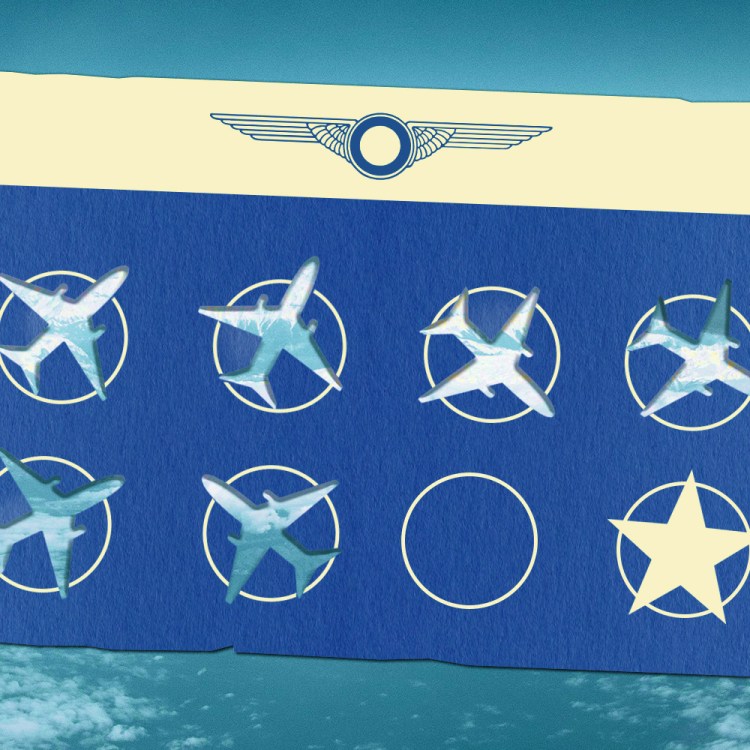The skies of northern Yucatán illuminate at dusk. Pastel clouds gather above Telchac Puerto, a quiet fishing village an hour north of Merida. On this side of Mexico, where temperatures reach 107 degrees, the sea is a vital form of relief — a necessity, a way of life.
I was heading west towards the other country. For five weeks, I had been seduced by the tales of ancient Maya — magic whistles, gliding stones, Nicté-Ha living on the waters of lagoons. In Merida, the state’s capital city, I maneuvered under awnings and canopies, eating at restaurants that glistened in the afternoon sun. The buildings, painted white and yellow and blue, peeled from the heat. A drive from Quintana Roo offered little consolation — the humidity was everywhere.
Outside of the city, in Uman, I stayed at a hacienda suited for a king. I was welcomed by my host, Felipe, the grandfather of a local Yucatecan family. With his wife, Felipe ushered me through the flower gardens. He took me under the coconut trees, passing the duck ponds until we found ourselves by the resort-sized pool. We sat at the nearby breakfast table and took inventory. Sixteen chairs, three sofas, a variety of pots and pans, cleaning supplies, televisions, an ancient radio — everything was accounted for. “This is your home now,” Felipe said, his hand resting on my shoulder. “If you need anything at all, you let us know.”
When you think of the Yucatán Peninsula, Uman probably doesn’t come to mind, yet its zocalo erupts at night. It’s a small town centered around its weekend market, the only locale in the region where bicycle taxis cause traffic jams, families of five piled on wooden planks, pushed by boys of 15 or 16. The best of Mexico exists far from the all-inclusive resorts. It appears during a routine water run, a trip to the bank. By the time I left Uman, I was reposed. I had been in a tantalizing dream, a state of meditation, a prolonged season of tranquility. Now, like a battery that had been recharged, I was ready for the modern world. I was eager to reach the chaos of Mexico City.
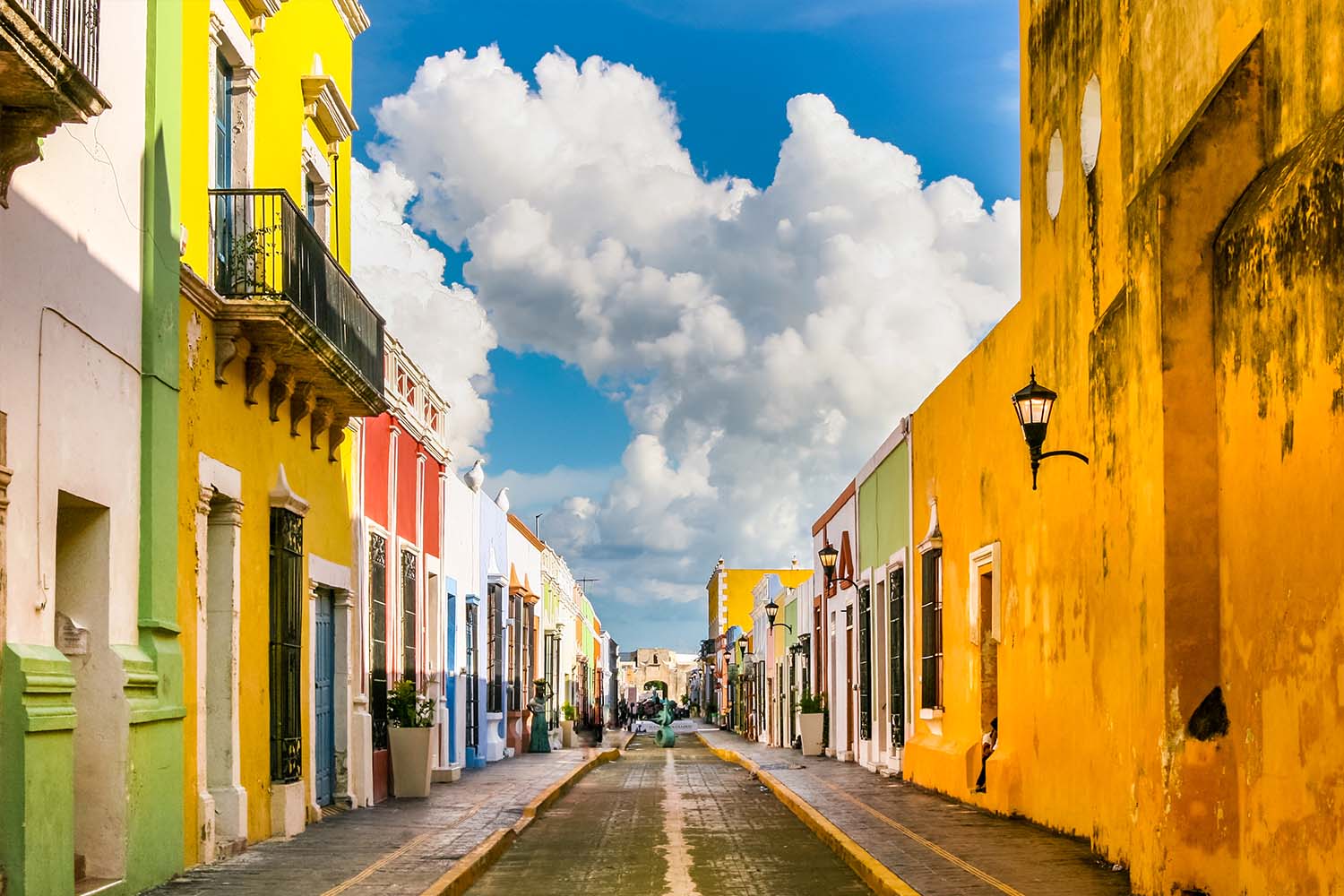
That, and because of a gala I was to attend in the capital, I decided to pack up the dogs, extend my rental car and head west. Flying is never preferred, especially when you’re the father to a Oaxacan rescue and a 160-pound Irish Wolfhound, who, to nobody’s surprise, eludes discretion. An hour out from Campeche, the sun fell below the country’s hillside. Yucatán’s flat geography began to turn upwards, and as the Mayan world disappeared in the rearview, so too did the last hours of daylight.
Driving at night in Mexico was a no-go, I knew that much. On a previous trip from San Miguel de Allende to the Pacific Coast, my driver had advised against a bathroom break in rural Guanajuato. “We shouldn’t stop here,” he said. “It’s too dangerous at this hour.”
I questioned whether danger really lingered after dark in rural Mexico or if these advisories transpired via U.S. headlines, but the warnings were clear. I was urged by both Mexicans and Americans to avoid driving at night. Evidently, I decided to roll the dice. I raced south towards my first stop in Palenque, Chiapas, in hopes of checking-in before midnight.
On Route 186, south of Champoton, a blanket of darkness settled in. A darkness so lucid that the moon uncovered the faded white lines painted before the topes. The road belonged to no one. Sinkholes took victims without notice. The odd commuter, a pick-up truck or faulty sedan, flew past me at terrifying speeds. I hadn’t checked whether this route was the “cuota” road or the “libre” road (the toll road or the free road), but it didn’t matter. I was already on my way.
I stopped at a Pemex gas station near the border check-point in Chiapas. The service attendant clumsily flagged me in.
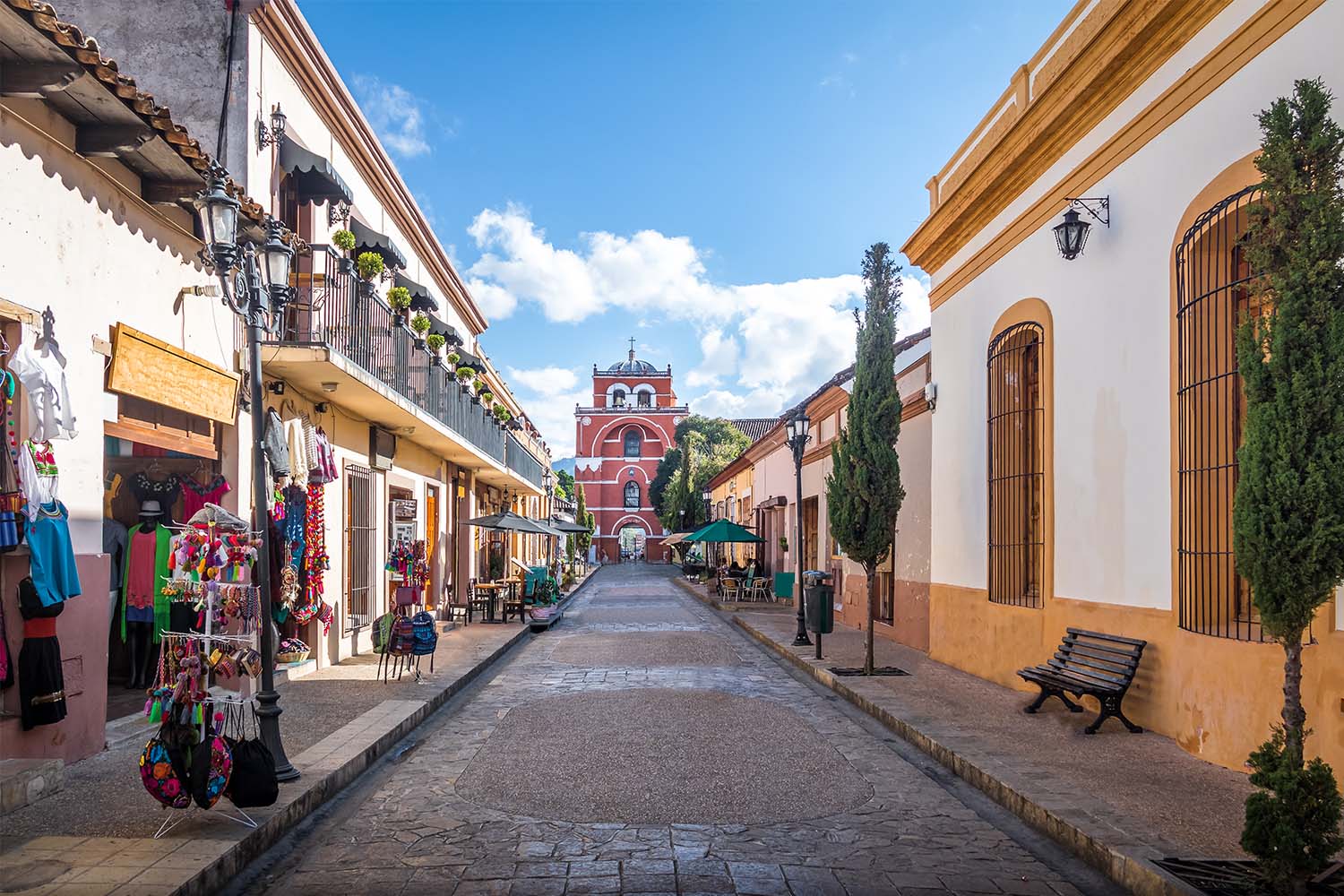
“Llénalo, por favor,” I told him. Fill it up, please.
Two husky gentlemen sat on white lawn chairs near the restrooms. One of them had on a busted Yankees cap with flip flops, the other was too old to worry about. I let the dogs out to relieve themselves in a patch of grass near the pump. The men looked up from their phones, presumably caught off guard by Hampton’s size, and then they looked at each other.
“Que raza es?” one of the men asked. What breed is it?
“Un lobo irlandes,” I replied. An Irish Wolfhound.
He extended his hand out to Hampton. I loosened the slack of his leash which caused him to lunge forward. Both men jumped back.
“No mames!” the man yelled. “Does he bite?”
“El es un poco timido,” I said. He’s a little shy.
What I meant to say was that he’s unpredictable. Not to be touched. I had learned a long time ago how to repel unsolicited interactions from strangers on the street. I kindly smiled at the men, wished them a good night and walked back to the car, knowing full well that Hampton was incapable of harming a house plant.
The border checkpoint in Catajaza turned out to be a federal customs office. The highway was divided into three sections under the sign Aduana de Dos Bocas. Armed guards pointed flashlights into the back seat of my car. I was waved through, slowly, and guided through a zigzag pattern until I came to a fork in the road. To my left was the road to Palenque and Villahermosa — my route. To my right, the town of Catajaza — the other route.
Mexico City Is Home to Four of the World’s 50 Best Bars, So We Visited Them
Just a short flight away, and hosting an incredible cocktail scene, there’s never been a better time to visitI learned about the Catazaja story in Diario de Chiapas. In the fall of last year, Chiapas residents stormed the customs office after two government officers extorted a transport truck for 5,000 pesos. That story, while a small expose of a much larger problem in Mexico, contributed to an investigation into the state’s Tax Administration Services. It was no secret how the police in Mexico City extorted residents, especially foreigners, but here in the south there should’ve been a little more dignity, or so I was told.
Chiapas after dark intrigued me. The roads were quiet, abandoned. By now I was 80 miles from Guatemala. The heat hung low in the trees. Around midnight, I arrived at a faded yellow building labeled, “El Penthouse.” The neighbor’s dogs barked as we piled inside. It had been raining for 20 minutes and the dirt roads were mirky and slippery. A stale musty smell filled the apartment. It hadn’t been updated in several years, but it was a favorite on travel sites.
On the table were decades-old maps and tourism guides for nearby attractions. Most of the pamphlets were from businesses that were no longer in operation, some dating back as far as 2004. A notebook with guest journal entries was tucked near the internet modem. I flipped through it, reading psychedelic experiences from hippy travelers who were much more ambitious than I was. Chiapas attracted the backpacker traveler, the antithesis of my traveling persona. They stopped in on their way to Central America and flooded the streets of San Cristobal de las Casas. In Paul Theroux’s recent book On the Plain of Snakes, Theroux described meeting local Zapatista organizers during his trip around Mexico. More than anywhere else in Mexico, change is aggressively resisted in Chiapas. Without tour guides, outsiders are looked upon with suspicion.
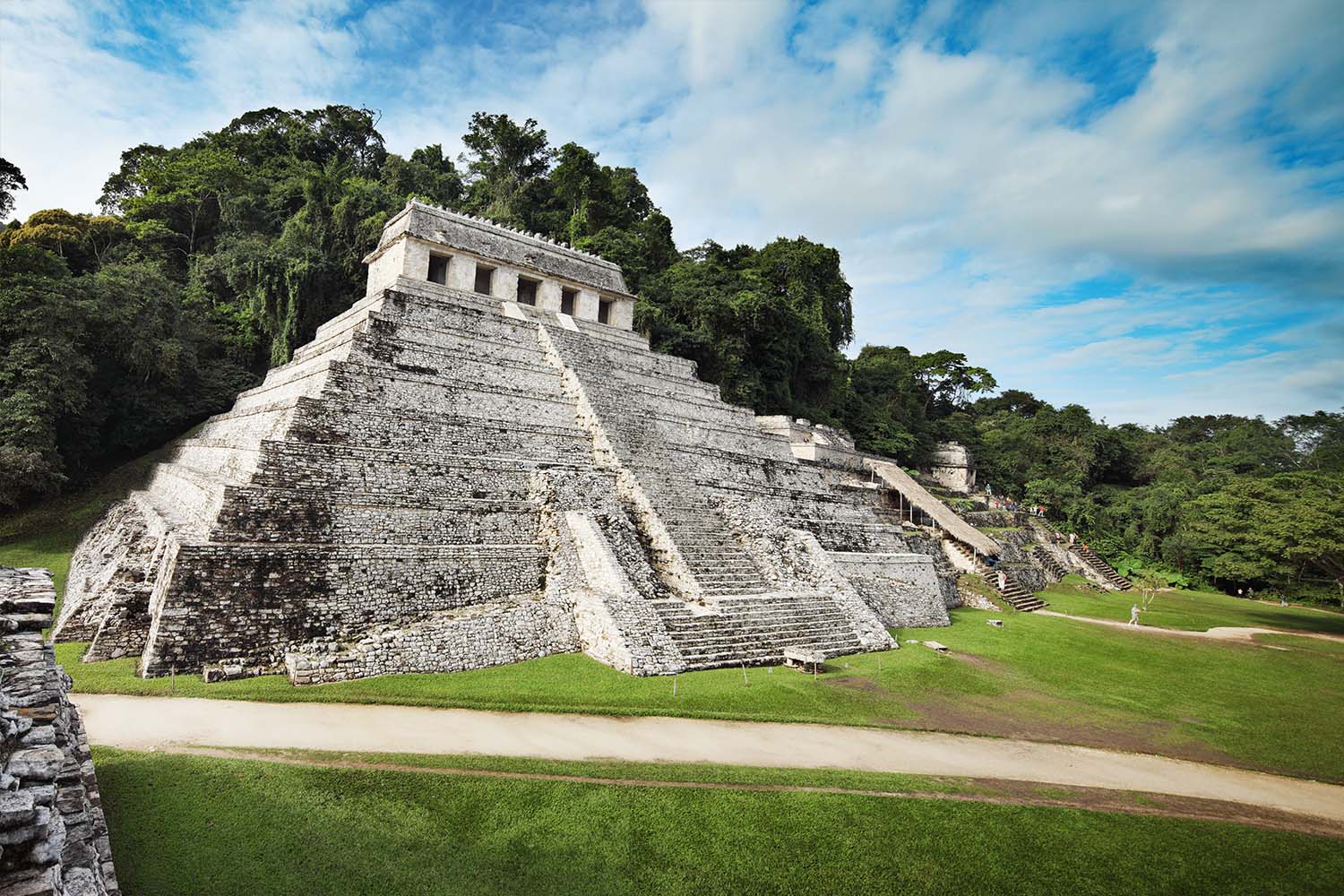
By morning, Palenque emerged as something else entirely. The town was crowded, the sun uncovered menus on cafe tabletops. Courier trucks and delivery bikes bumped towards the restaurants. Street food operators diced up ingredients for the morning rush. Tourists — I saw Germans, Canadians and Americans all within an hour — were already in transit to see the ruins.
I stopped in at Cafe Campo for a quick breakfast — huevos revueltos, a dish of sliced fruit. I asked for two coffees to go and caught up on emails. Time stood still on the road. There was nothing to impede my judgment or desire. On the terrace of foreign cafes, one feels like a good house guest. Afterward, I walked back to the Airbnb, cutting through the dense streets towards Parque Central and down Benito Juárez. Hotel Rio Maya was my marker. From there it was a short walk up the hillside where my host Jorge was waiting.
“I hope you had a great stay with us,” he said.
I was lugging my suitcase into the trunk of the car. Hampton and Max were already buckled in, their bellies full, their tongues loose. The morning had slipped by us. Noon was approaching.
“If you go to San Cristobal,” he added, “I leave you my house there. A very nice house in the center. I can have her ready.”
“I will be back,” I said. “Very soon.”
We said goodbye and Jorge wobbled up to his apartment on the top floor. He was a short man with a limp in his side. He reminded me of Mr. Yunioshi in Breakfast at Tiffany’s, always watching over me when I came and went. It was as if his life stood still, here in Palenque, almost at random, and I was just another traveler eager to get by without too much trouble.
Route 180 would take me all the way to Minatitlan. From there, I’d take the 145 to Puebla. Kilometers of vast open green spaces lay west of Villahermosa where the traffic slowed to a stop. For three hours, hundreds of cars sat near the border unable to move. I wasn’t sure if it had been another protest at the toll booth or if legitimate construction work was taking place, but the delay meant I’d arrive in Veracruz after dark. Of all the warnings I’d been given, Veracruz was the state of caution. It was here, I was told, that auto theft and road blockades happened frequently. A quick read on travel forums suggested that the real Veracruz — the old Veracruz — had changed decades ago.
I opted for an early night at Hotel V/Q in La Venta. It was an inconspicuous place set back from the road in rural Tabasco with white service trucks parked out front. Two señoras attended to my request for a room. On the back wall, the room prices were displayed per person. Taking a look around the reception room, I wondered if I had found myself at a sex motel. According to people in the know, motels were used only for sex workers in Mexico. The decor suited the bill. The place was definitely old and dated, but according to Google, it was well-rated. And it was only 300 pesos.
The room was a modest affair equipped with a comfortable queen bed, clean sheets and an air conditioner — a luxury in the south. The unit began to drip water in the middle of the night. Kids were shouting in the streets, car engines revved and famous narcocorridos played from the storefronts. The morning was already hot, but the sun had yet to rise. I took the dogs for a walk only to be ambushed by a group of teenagers on motorcycles. They had on basketball shorts and tank tops soiled from sweat and debauchery.
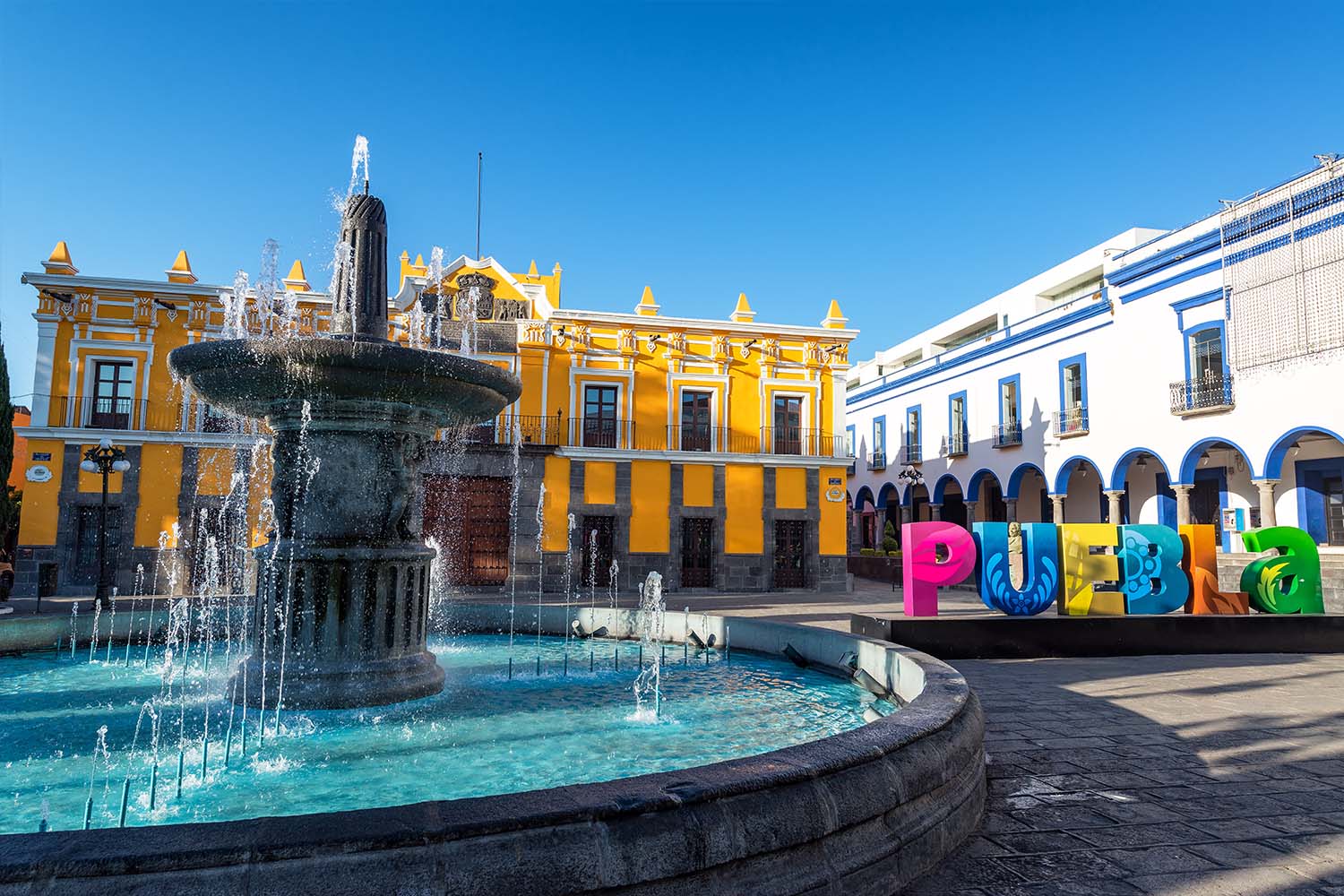
“Es un lobo, wey!” he said of Hampton. It’s a wolf.
“It’s not from here,” the other boy said. “I’ve never seen a dog like that in all my life.”
“Where are you from?” they asked.
“Canada,” I said.
Their jaws hung open, drool gathering in the cusp of their mouths.
“No mames, wey. Puedo tamar una foto?” No way. Can I take a photo?
I nodded and the boys hopped off their motorcycles. Their backpacks clanged like broken china. They quickly snapped a few photos and raced off in the dark, hollering at one another like a pack of wolves.
“Gracias, gringo, gracias!”
At last, the sunrise appeared over the horizon. In Cosamaloapan, somewhere in rural Veracruz, where red clayish dirt blew up in a cloud of dust, I drove behind a group of men on horseback. The older men were teaching the younger men how to flock a group of strays. They took me along jagged trees that floated on the plateau like umbrella thorns in Africa. The landscape belonged to these campesinos, and I belonged to them. Their hats hung low on their faces, their eyes wrinkled from a lifetime in the fields.
From Ixmatlahucan, it was a straight shot to Puebla. For hours I drove the green plains, passing industrial spheres where flames shot into the sky. There was the odd roadside fire burning black smoke. Near the small town of Nogales, where the mountainous incline began, a spotless white Suburban roared with a police escort, its large chrome rims reflecting brightly in the sun. Upwards towards the Orizaba volcano, we entered a thick cloud forest that minimized visibility to a dozen feet. It was the rainy, impenetrable fog that made Route 150D so infamous for accidents. I counted, in the short stretch between Cordoba and the Pueblan border, a total of five of them. Finally the road broke free of the fog and we lowered into the valley before the metropolis — Puebla’s gigantic Popocatépetl volcano sat directly north of us ready to erupt.
That night I stayed in San Andres Cholula, north of Puebla city. Fireworks cracked in the night sky — tiny puffs of black smoke exploded in celebration. I had exchanged Puebla’s modern high-rises for the “magic town” that sat north of its border. “It’s Mexico’s Day of Revolution,” I was told by my host. “It is going to be a party all weekend.”
My casita, which happened to be tucked away in the centro neighborhood of Cholula, witnessed all of it. The streets were shut down for parades, families were out together at the markets and live music trembled the floorboards at all hours of the night. The mayhem was captivating. At any given moment, a rocket would fire up and explode, leaving debris falling from the sky into my front yard. I was, I thought then, just another ornament to the town’s festivities; a symbol of attraction for the kids to experience. I walked over confetti at the Concordia Plaza, the party swinging from the gazebo. Kids ran up to the top and raced back down. Parents watched from park benches, still in love, their hands caressing the surface of a windbreaker.
Mexican traditions made me nostalgic for another life. The weekends amongst family, the laughter; couples huddled in public parks, eager to slip away for a moment alone. A new version of Mexico opened up to me. I admired it. Craved it, even.
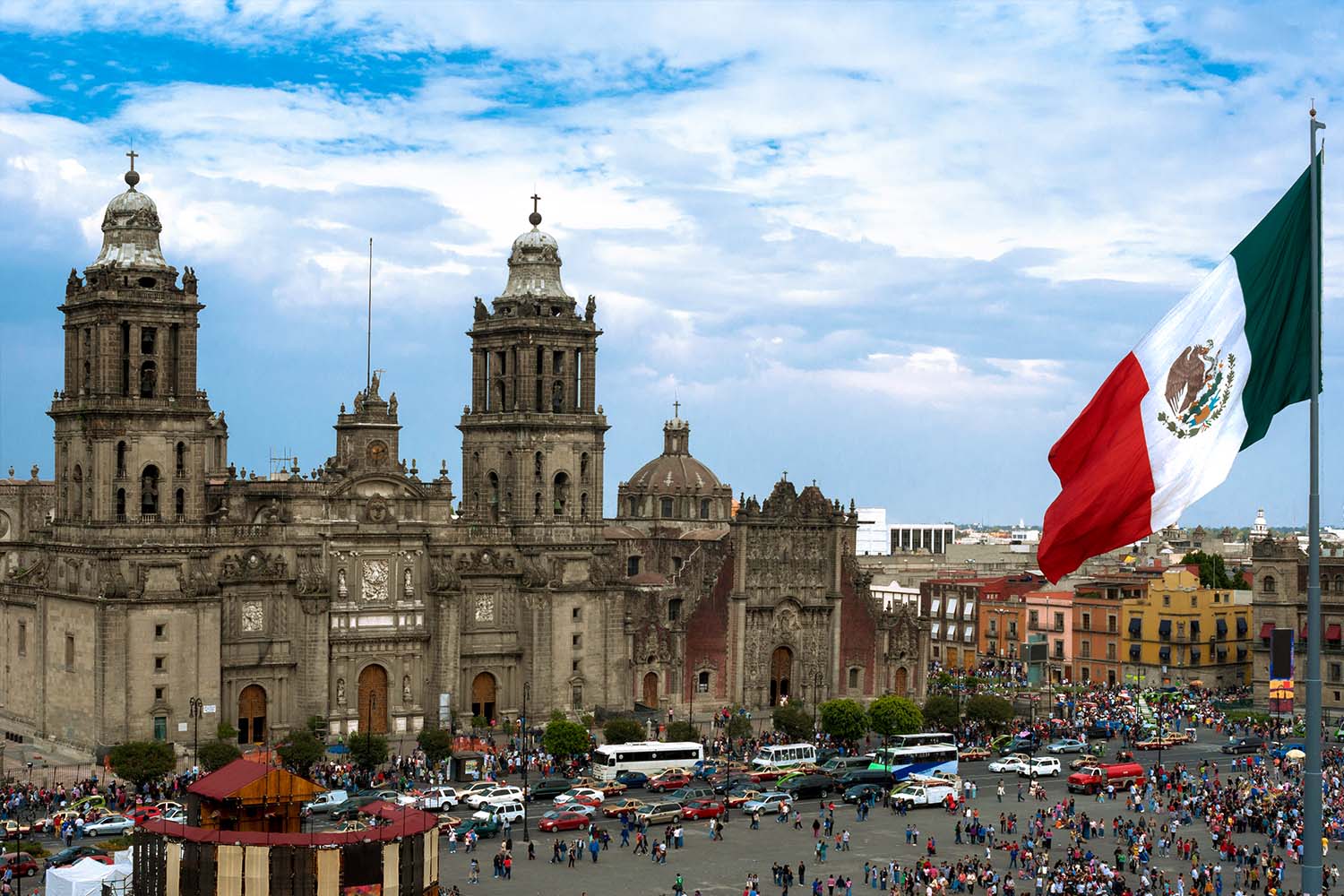
The next morning, I visited the government building of Presidencia San Andres Cholula. I ate a late breakfast at OCHO30 and drove to the Cathedral de Puebla, one of the most astonishing 16th century cathedrals in the city center. I was still mesmerized from the night before, wandering the lonesome halls constructed with gold trinkets. High up in the ceiling revealed paintings of angels and gods. Construction of the cathedral began in 1575 — some 448 years ago — under Philip II of Spain, and it took 74 years to complete. Puebla’s magic belongs in part to its geography and in part to its historical and religious significance. It’s a modern cosmopolitan city, surrounded by volcanoes and mountain ranges, decorated with pyramids, churches and cathedrals. The desert valley in Tlaxcala sat an hour away; the Oriental Basin, with its lakes and volcanically heated springs, opened to the pine forests of the Huasteca plateau. Puebla was, by first visit, an underrated destination for the adventurous outdoorsman.
I would have been sad to leave had it not been for the excitement I felt for Mexico City. The mountains remained with me until the city center swallowed us whole. I drove into the capital from the east, passing through the Alamos and Narvarte neighborhoods, their roads waging war on everyone. I turned up on Nuevo Leon to Parque Espana and I found my hotel hidden between two busy cafes. The city had, for the most part, changed since I was here during the pandemic. Avenida Amsterdam, the circling artery surrounding Parque Mexico, was overflowing with activity. Novice dancers, dog walkers, joggers, skateboarders and secret lovers all filled the gardens and walkways with curiosity and ambition.
The kitchen phone rang for a delivery — my sport jackets had arrived from Bogota, Colombia. The doormen brought them up to the fourth floor. I laid out the iron. I turned on a hot bath. Sirens swept under the street trolleys. In two days time, at this exact hour, the Mole Sartorial gala would be underway, and the next journey would begin.
This article appeared in an InsideHook newsletter. Sign up for free to get more on travel, wellness, style, drinking, and culture.
